I will admit I love history! I get way too excited about history time with my kids. We always have a bazillion extra reading books we can never get to in a week, but we have them. I love studying how people lived and worked and how things evolved to where we are today. That is where living history field trips come in.
So for me bringing the kids to visit historical sites, museums, and living history centers is a must. Historic sites bring history to life and make it real for kids. As the old saying goes, “Seeing is believing.” Seeing how people use to live is much different than reading about it in a book.
Trip to Living History Museum
Over the weekend we went to the Maine Forest and Logging Museum out at Leonard’s Mills for their annual Living History Days. Each year people dress up in period costume, set up campsites, and show people what it was like in Maine back in the 1790s. There was also an encampment of re-enactors for the 20th Maine
I was very excited for this weekend to arrive. We are currently studying the American Civil War. I couldn’t wait for my kids to see people in the Union uniforms and sharing their knowledge on the subject. I knew they would have tents and artifacts the kids could look at to get
Lombard Log Hauler
Our first stop of the day was a ride on the Lombard Log Hauler. As the
Maine Forest and Logging Museum’s website explains, the Lombard was a steam-powered log hauler that was invented in Maine in 1901. It changed the logging industry in Maine in its day.
We had seen the Lombard exhibit before. We even spoke with a gentleman one afternoon that told us the history of the Lombard and the history of his family working in the forests using it. The Lombard was operational this weekend, and they were giving rides in it. The kids hopped right in line.
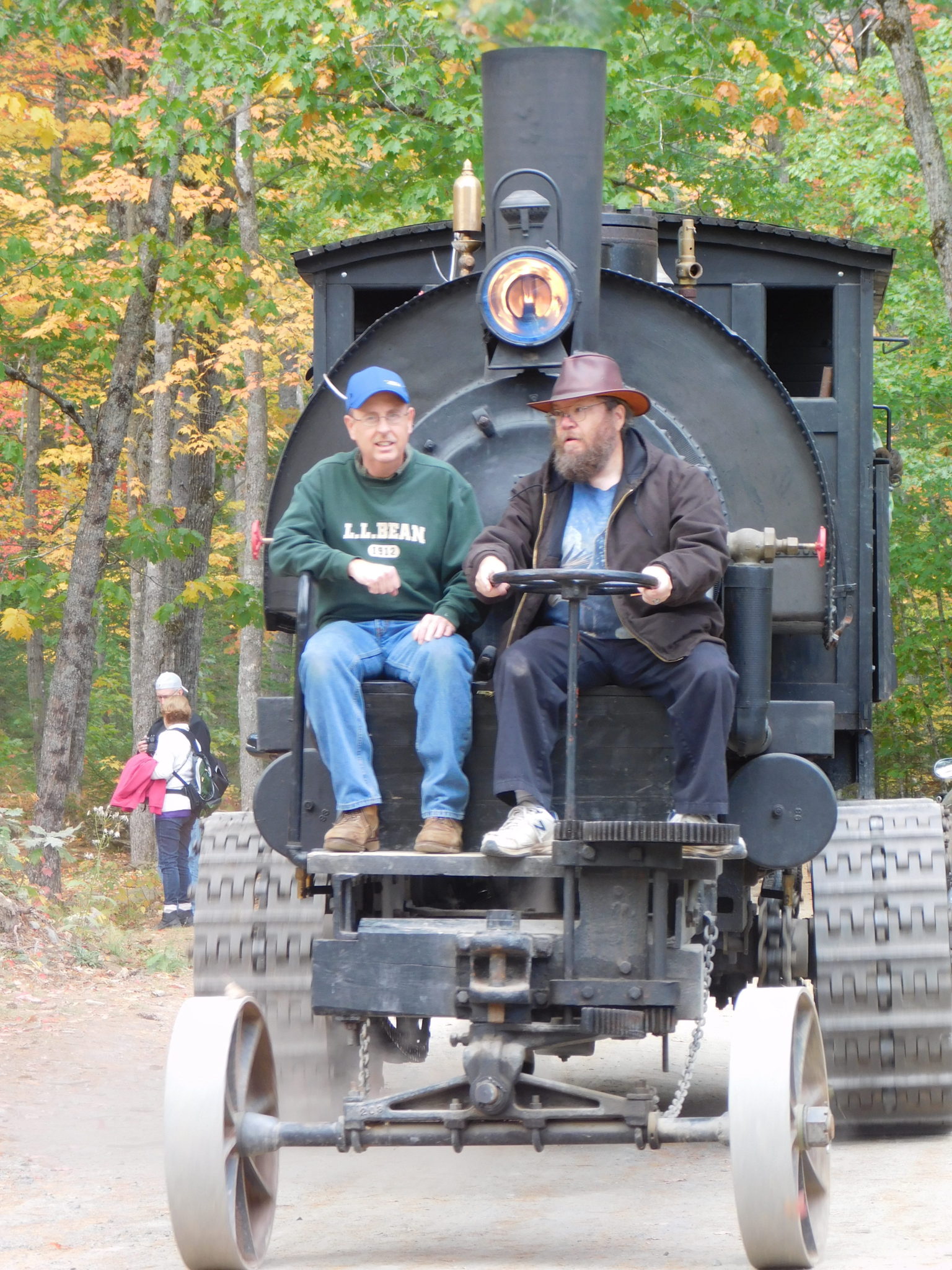
My husband rode in the front. 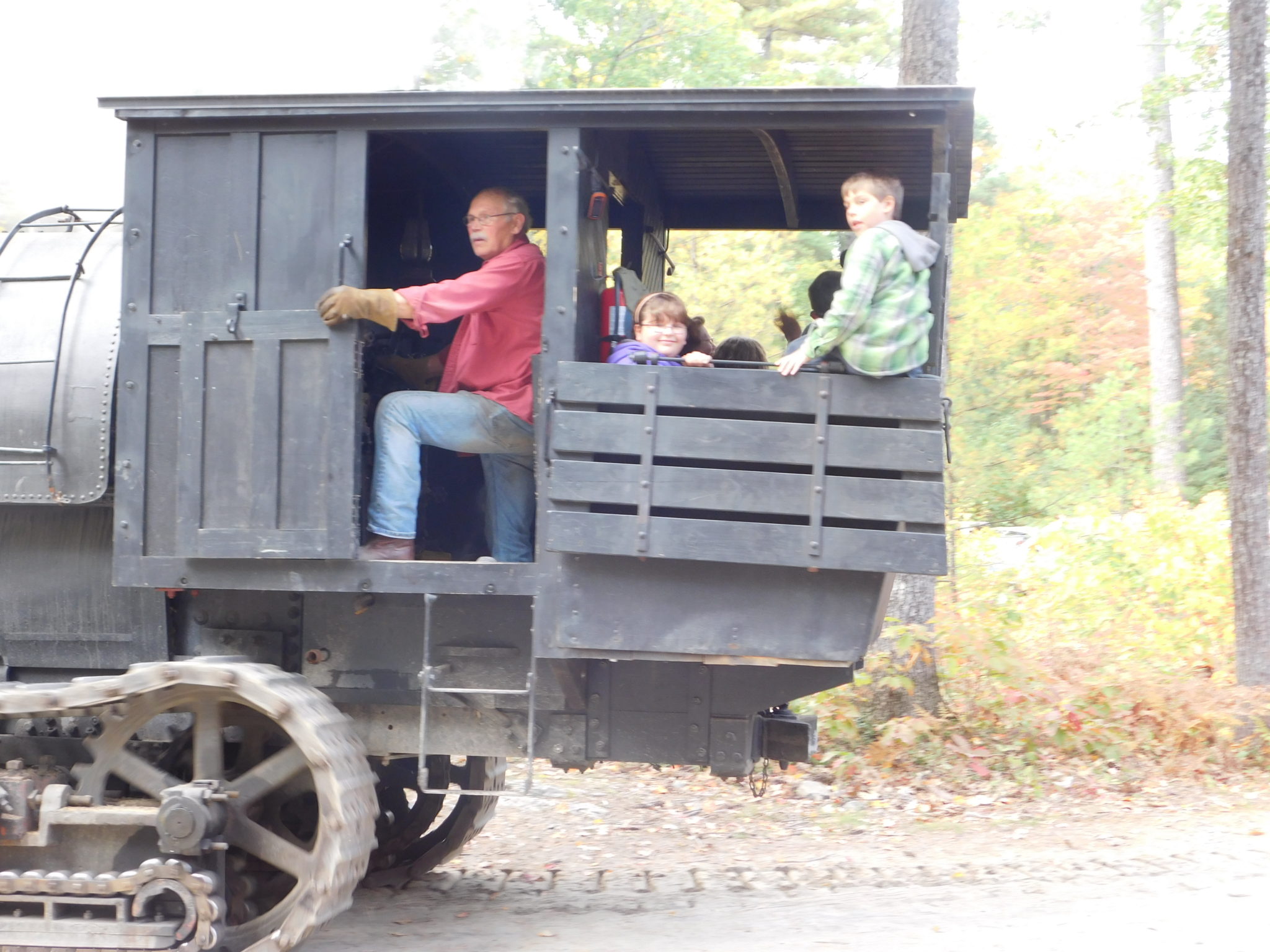
The kids sat in the back of the Lombard.
The 20th Maine Civil War Reenactors
Before crossing the covered bridge, you could find the Civil War encampment. Tents were set up with cots and items soldiers would have used during the Civil War. The one nice thing about re-enactors is they love to share all they know on their subject. We had one gentleman speak with us about the items in the tent and about life for a Union soldier. It was interesting and a good way for the kids to learn more on the topic.
One of the “soldiers” had puppets that represented different people that were from the Civil War era. He would take out a puppet, give a little history that went with it, and then sing a song while the puppet “
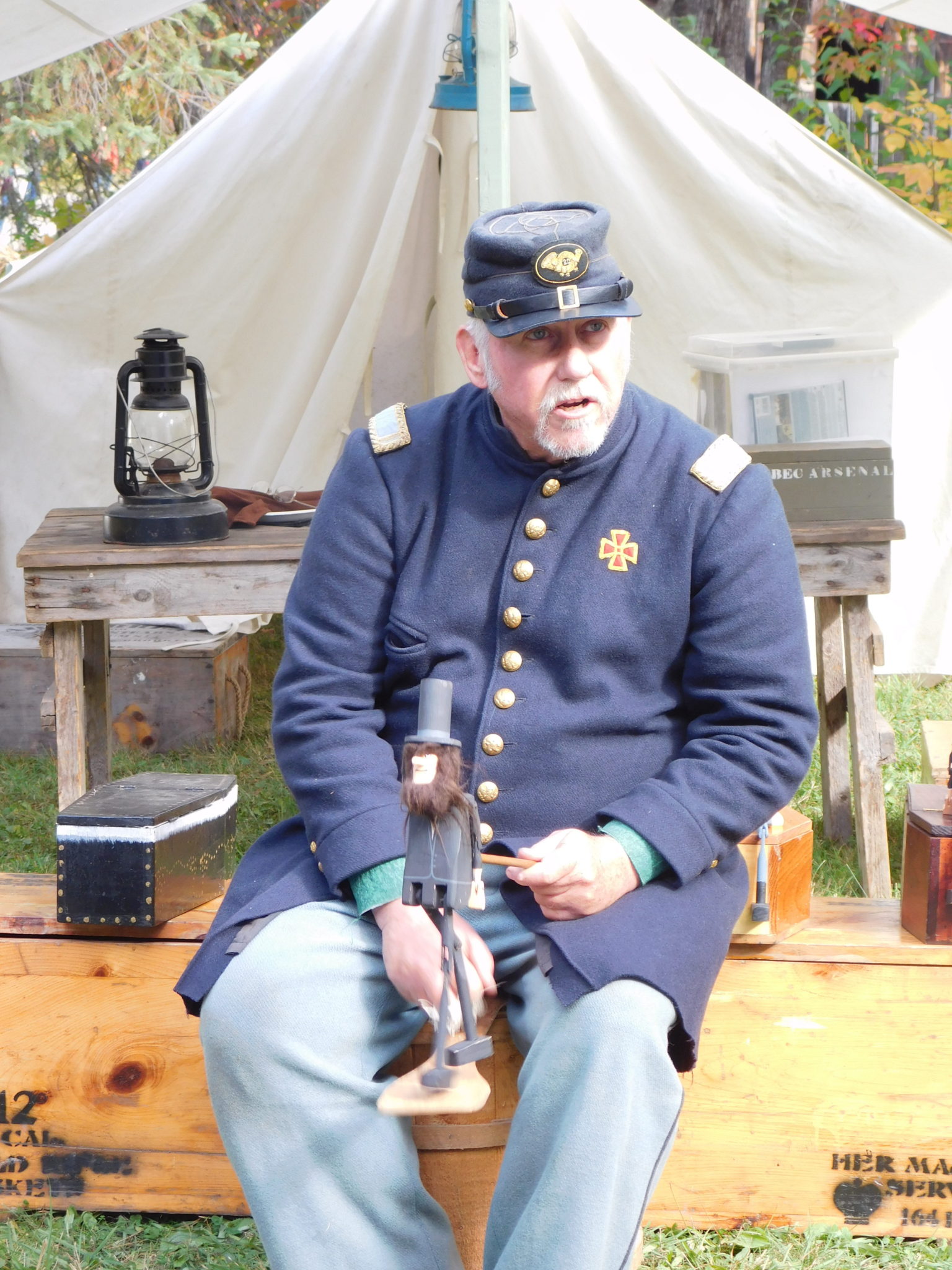
The kids enjoyed his presentation. He sang a song with the Abraham Lincoln puppet, one with a slave, and one with a soldier that had been stationed down in New Orleans. He shared some great information that added a personal touch to the time period. It was also interesting to hear songs from the Civil War era.
1790s Maine
Next, we entered into the 1790s area. Here people had camps set up in which they were cooking over a fire, had musical instruments of the time period, basket weaving, and different arts that people would have done during this time.
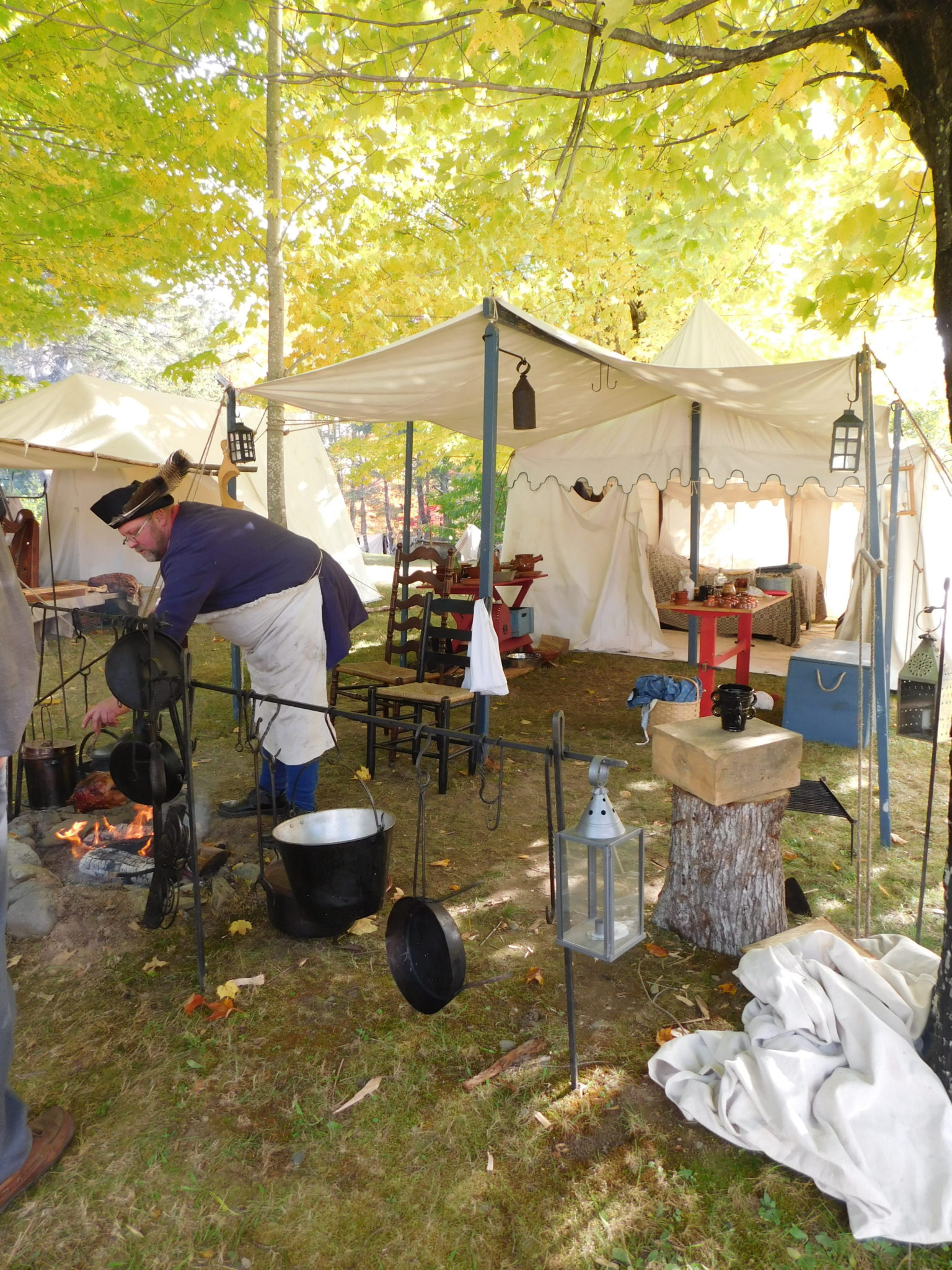
The kids were able to use a saw to cut a log, make a rope and a candle, and see the wool being spun and cider being pressed. It was a lot of fun for them to watch and take part in these different activities. They were able to try their hand at doing things in the same way people did over 200 years ago.
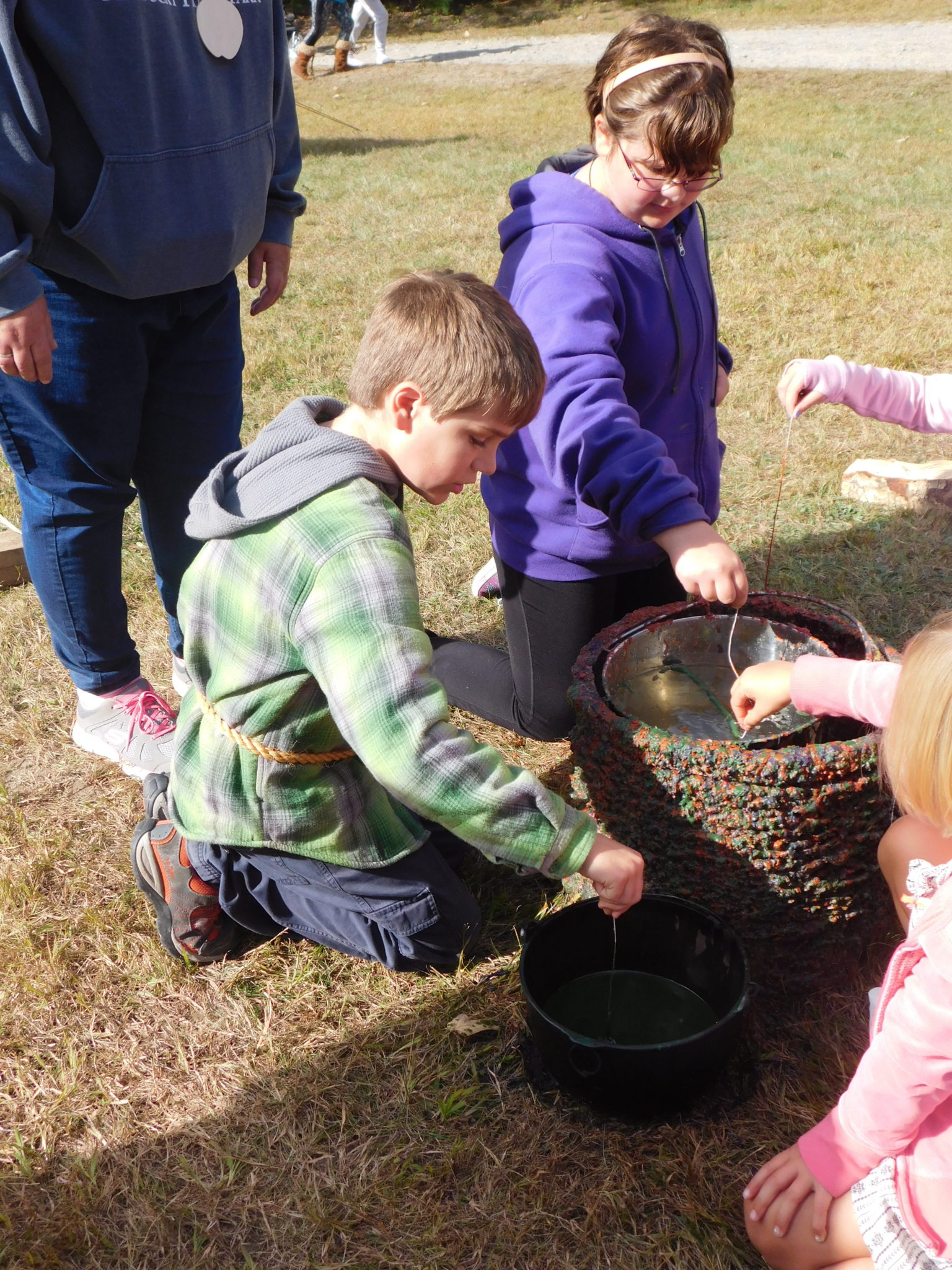
Why Are Living History Field Trips Important?
History Brought to Life
Kids can really “get it” when they can interact with their learning. In this case, they were able to see how things worked, how things were made, and see a time period portrayed right before their eyes.
The people in period costume discussing what their life was like in the late 1700s made history real. History wasn’t just words or pictures anymore it became real people to them. Learning was more meaningful!
Hands-on Learning
Hands-on learning allows kids to make connections. Opportunities like this allow kids to get in there and play around with what they are learning. Reading about rope making is one thing but doing it yourself creates a whole new picture in your mind. You now understand what rope making is like if you do it for yourself. Hands-on learning takes learning from “I know about that” to “I understand that.”
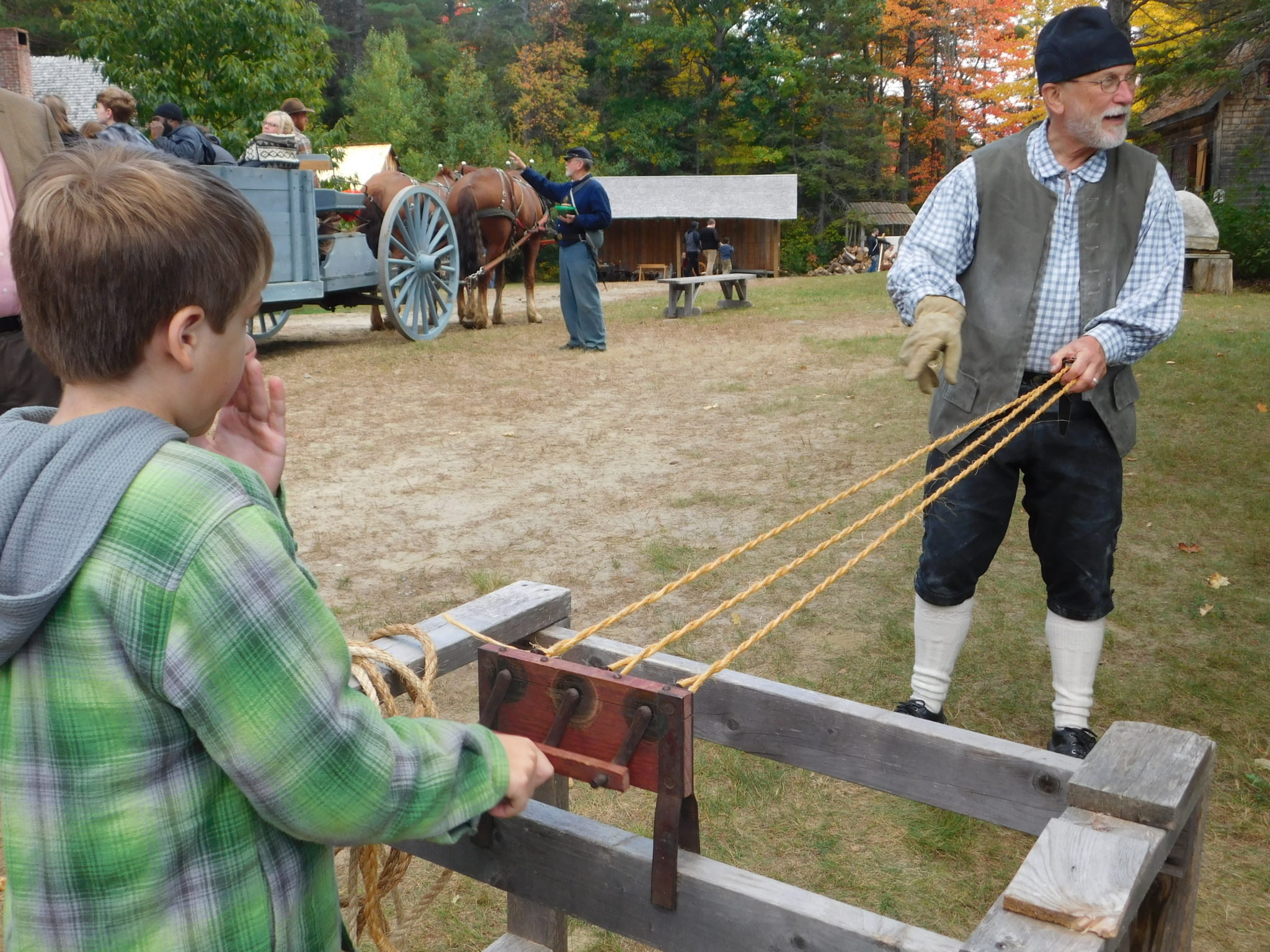
Fun Way to Learn
Living History Centers make learning fun. With the hands-on activities, people to talk with, and a visual representation of history, kids will have a great time. They will learn and remember so much about their visit because so many of their senses are involved in taking in the information.
**You might also like 8 Great Way to Make History Exciting. **
Most Important Thing to Remember at Living History Field Trips
The most important thing to remember when taking a trip to a living history center is to ask questions. The people are there to help visitors understand the time period better. Ask lots of questions. Encourage your kids to ask lots of questions. That is how you will get the most out of the experience.
So next time you are looking to make learning fun and meaningful, remember to include living history field trips into your homeschooling day!
What fun historical trips have you done with your kids?
Happy Homeschooling!
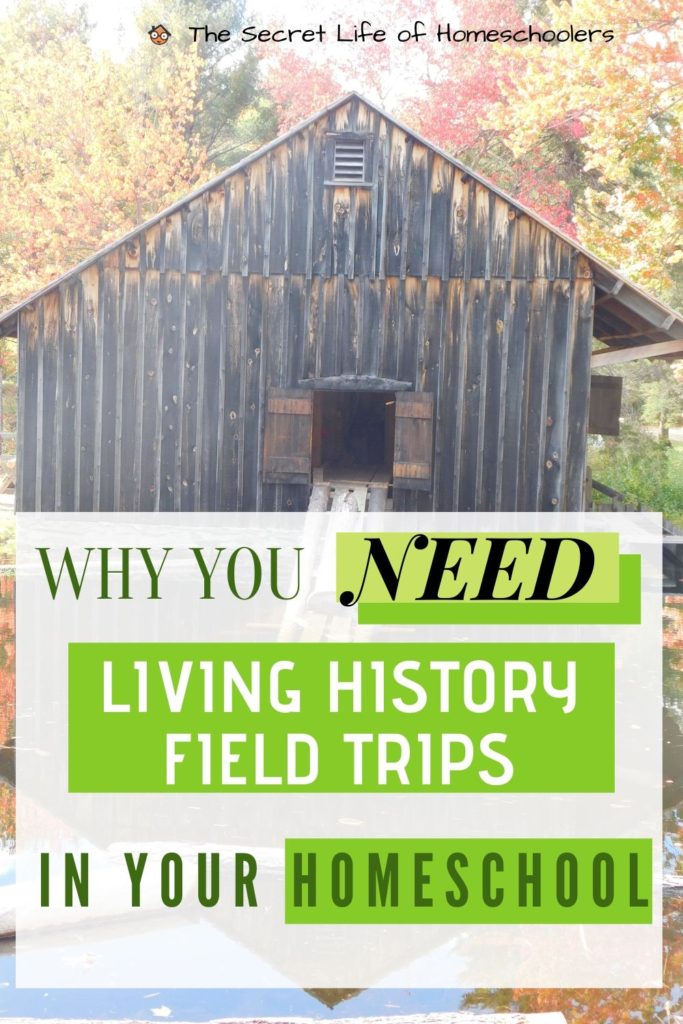
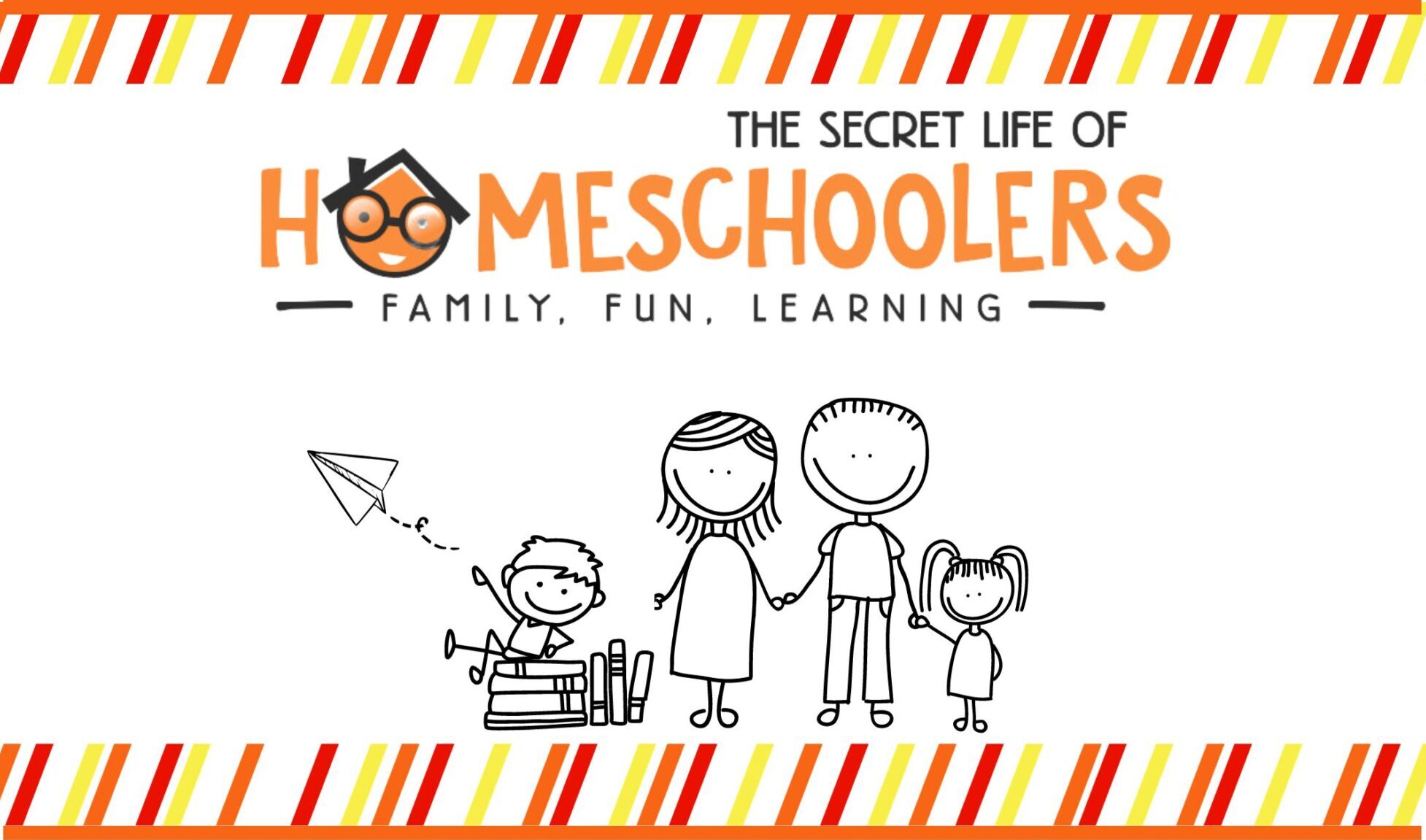
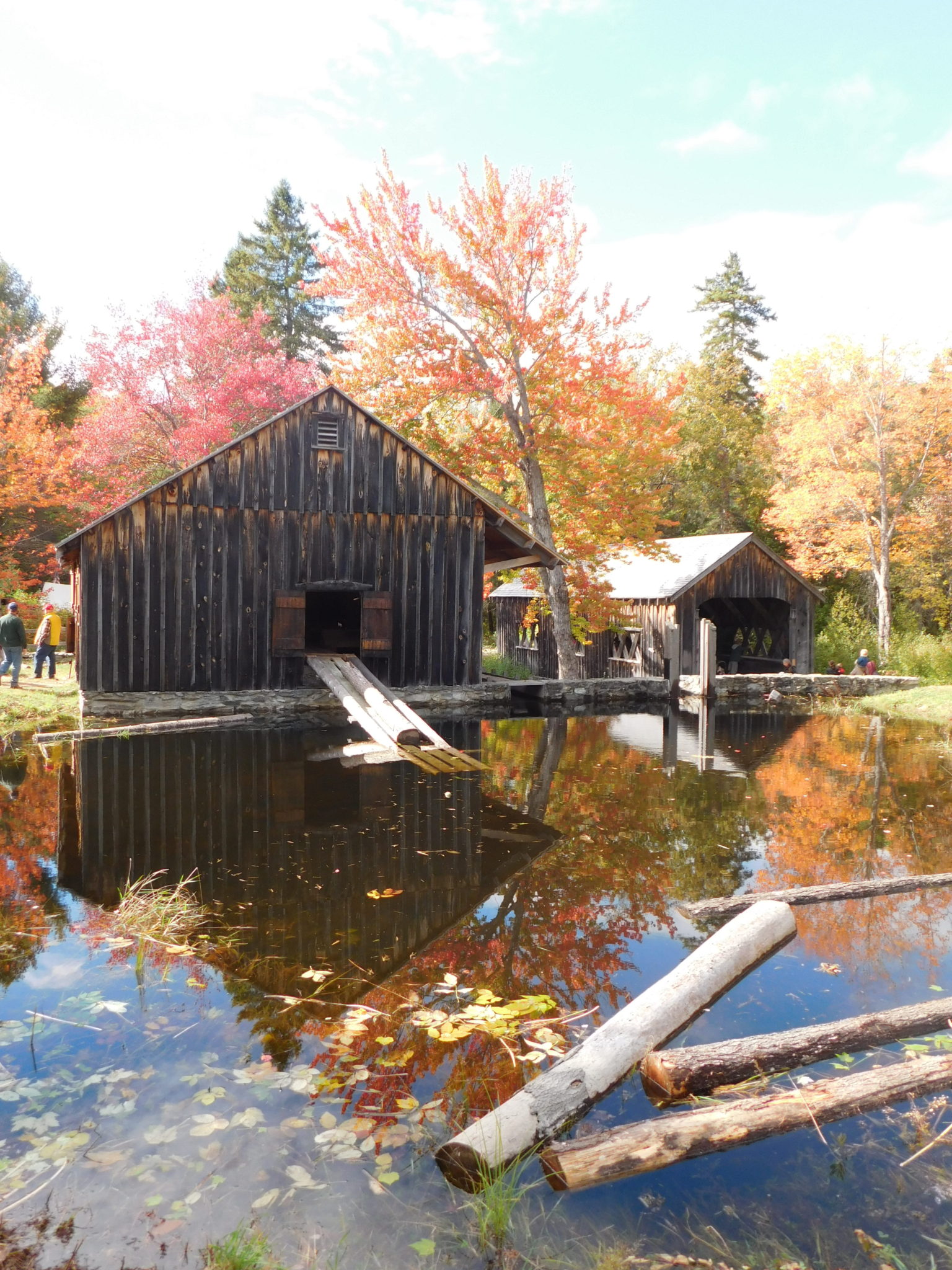


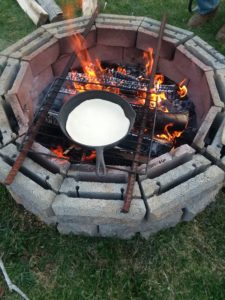
Pingback: 8 Great Ways to Make History Exciting | The Secret Life of Homeschoolers